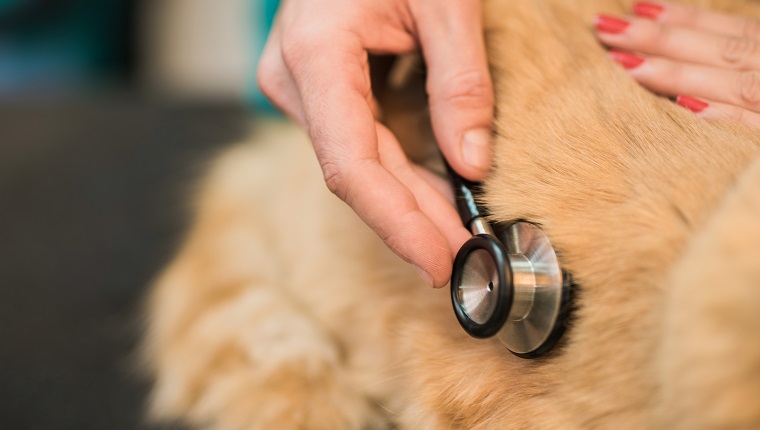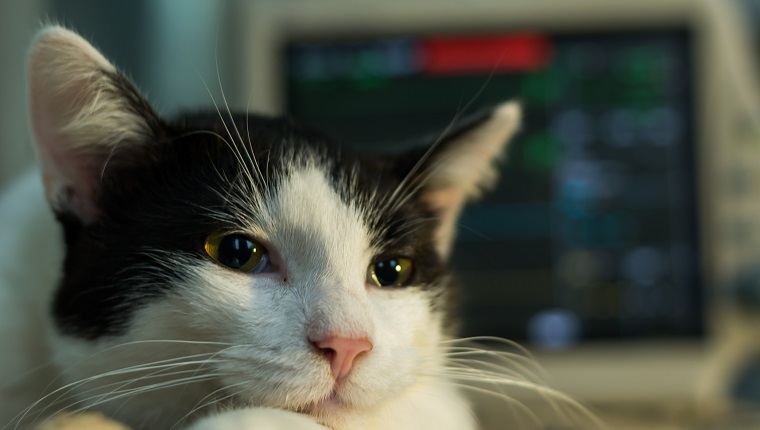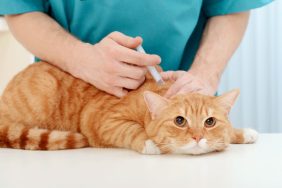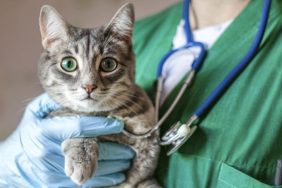Cardiac arrest in cats, also sometimes referred to as circulatory arrest or cardiopulmonary arrest, is a potentially life-threatening medical condition that results in a cat’s blood circulation stopping due to a failure of the heart.
It can affect all felines equally, regardless of breed, sex, or age. Unfortunately, the survival rate for cats is generally estimated to be below ten percent.
If you see signs that your cat is having a heart or circulation issue, then you must consult your veterinarian immediately. Here’s what you should know about the symptoms, causes, and treatments of cardiac arrest in cats.
Symptoms Of Cardiac Arrest In Cats
Cardiac arrest in cats can produce a range of symptoms. Some of the most frequent symptoms and signs include:
- Pupils dilating
- Difficulties breathing and breathing abnormalities
- Losing consciousness
- Hypothermia (low body temperature)
- Being unresponsive to any stimulation
- Skin turning blue (cyanosis)
Causes Of Cardiac Arrest In Cats

Cardiac arrest in cats can result from a number of different circumstances and issues. Some of the most common causes include:
- Heart disease
- Low oxygen levels
- Blood poisoning
- Complications involving the use of anesthetic drugs
- Abnormal electrolyte issues
- Electric shock
- Injuries to the brain
Veterinary Treatments
If you see signs that your cat might be suffering from cardiac arrest, then you must contact your emergency veterinarian immediately. You should treat this as a life-threatening emergency situation.
Your vet will ask about the circumstances that could have prompted the condition, and they’ll also carry out a number of tests to monitor your cat’s pulse, blood levels, respiratory system, and their general responsiveness.
When providing treatment, it is vital that the vet restart the heart and the respiratory system. Some cats may need cardiopulmonary resuscitation, or CPR, in order to restore normal heart rhythm and breathing.
The vet may need to carry out the resuscitation process further in the intensive care unit. Vets can also supply oxygen via a tube placed into the trachea to help restore the blood oxygen levels.
External cardiac massage can help stimulate the heart to begin beating normally on its own again. If that fails, the vet may then move on to rapid chest compressions and, as a last resort, they may open the chest to begin resuscitation or administer medication directly to the heart.
Unfortunately, the rate of a cat recovering is very low, with some estimates suggesting the chance of recovery is less than ten percent.
For cats who do manage to recover, a stay in hospital is generally required. This is to monitor their condition and also stay on top of any potential complications that might arise.
Do you know a cat who survived after suffering from cardiac arrest? How did the vet help the cat recover? Tell us all about it in the comments below.









